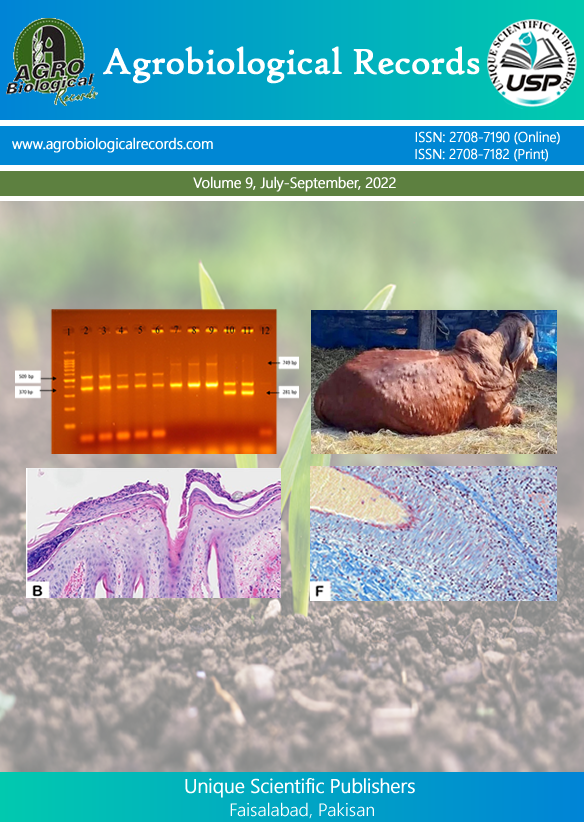
Zeeshan Safdar 1, Mohsin Iqbal 1, Muhammad Haroon 1, Waheed Anwar 2, Yasir Majeed 3 and Khurram Ziaf 1*
1Institute of Horticultural Sciences, University of Agriculture, Faisalabad-38040, Pakistan; 2Department of Horticulture, Constituent College Depalpur, University of Agriculture, Faisalabad, Pakistan; 3PARC-Mountain Agricultural Research Station, Astore, Gilgit-Baltistan, Pakistan
*Corresponding author: khurramziaf@uaf.edu.pk
Slow and erratic emergence restricts spinach cultivation in saline soils. Seed priming, a shotgun approach, has been used in several crops for seed enhancement that enables better seed germination under optimal and sub-optimal conditions. Different seed priming treatments, viz., hydropriming, IAA 100ppm, Kinetin 25ppm, Moring leaf extract (MLE), and GA3 10ppm, were tested in comparison with non-primed seeds in this study. Primed and non-primed seeds were sown in non-saline (0mM NaCl) or saline (200mM NaCl) conditions according to factorial arrangements. Data were recorded for various emergence traits (final emergence percentage, time to 50% emergence, mean emergence time), seedling traits (radicle, plumule and total seedling length, seedling fresh and dry weight), and indices (vigour index, emergence index, Timson’s index and emergence energy). Results revealed that seed priming in GA3 10ppm increased final emergence percentage, seedling fresh and dry weight, and vigour index under both saline and non-saline conditions. Priming in IAA 100ppm also improved seedling traits and vigour index, but was second to GA3 in overall performance. Results depicted that priming treatments were performed in the following order: GA3>IAA>hydropriming>Kinetin?MLE. Notably, GA3 performed the best among all treatments and can be utilized by farmers under both saline and non-saline conditions.